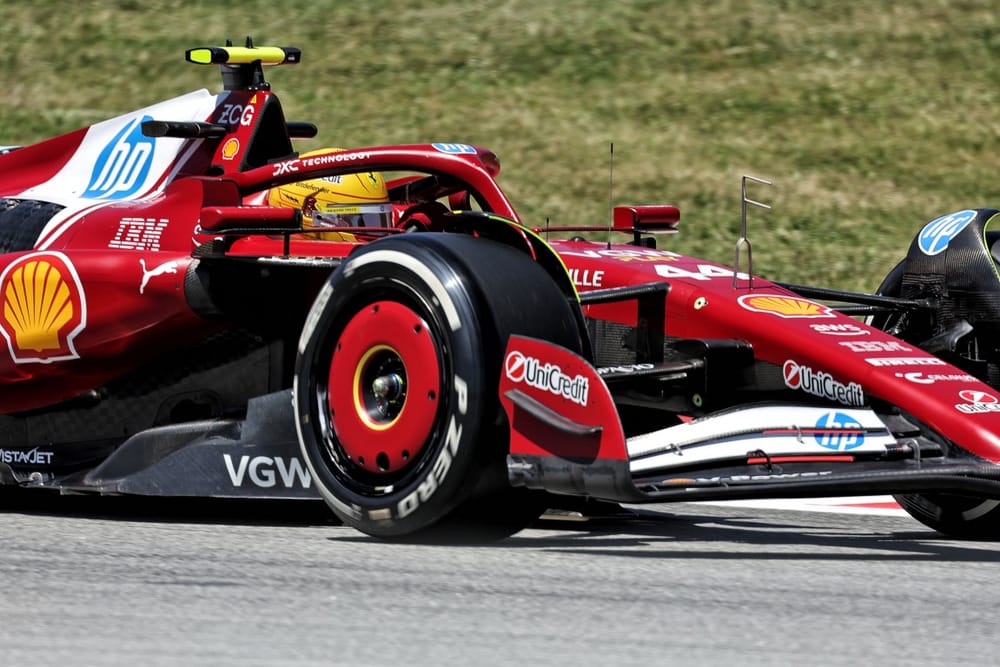It’s only the end of the first day of the Spanish Grand Prix weekend, but it offers a glimpse of which Formula 1 teams may have benefitted, and which appear to have suffered most, from the flexi-wing technical directive.
I have often said that sometimes you can out-trick yourself and when you are relying on front wing deflection between slow and high-speed corners to help balance the car it will be very difficult to get the optimum from it for all corner speeds. That means that for some less flexibility could even be a good thing.
Here’s my impression of how every team has been impacted by the change.
McLaren
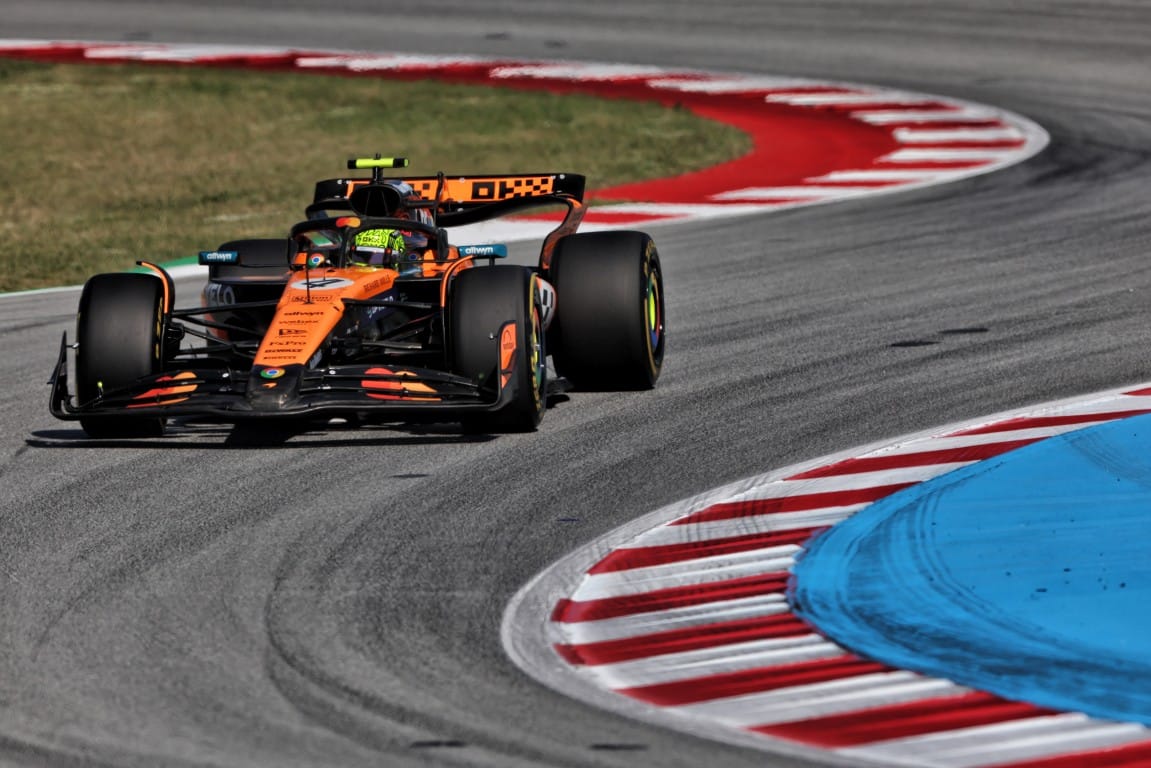
I see no big difference. It’s still the class of the field and it looks like it will be down to the drivers to not beat themselves by making mistakes.
Mercedes
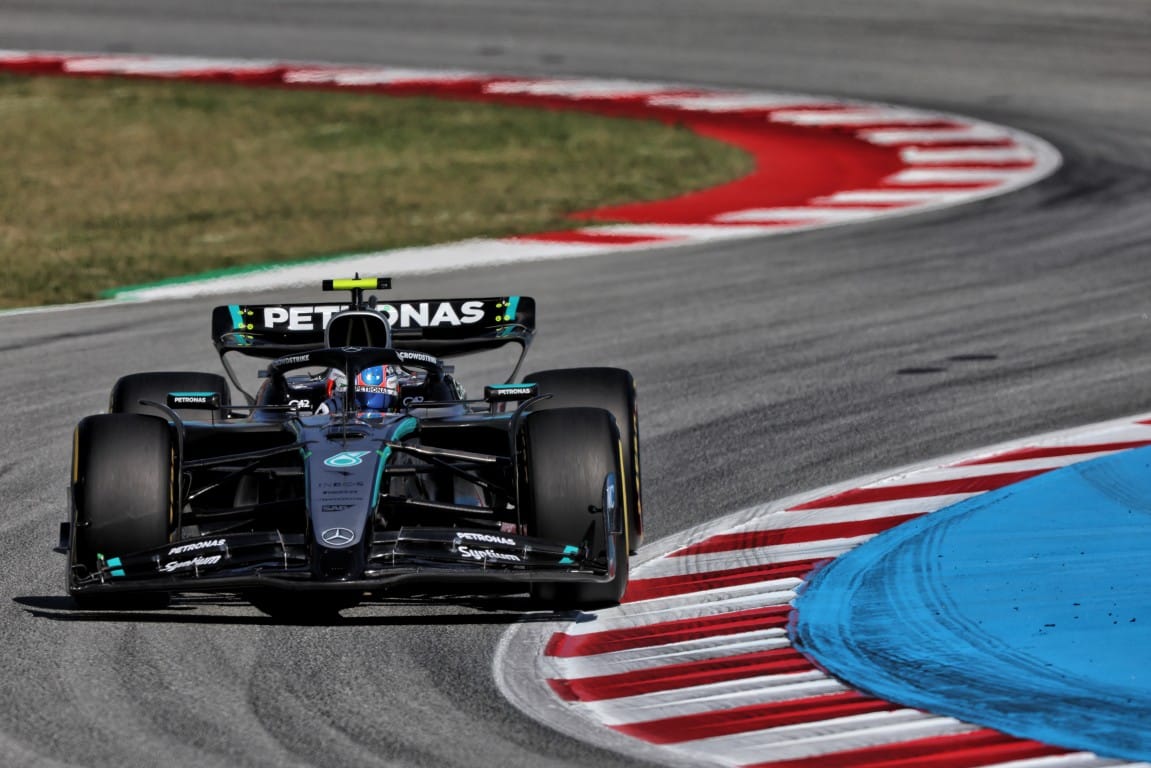
This is definitely an improvement from Imola and Monaco, but they were bad weekends for the team. Today, it produced not-dissimilar Friday performance to the earlier races this season.
Red Bull
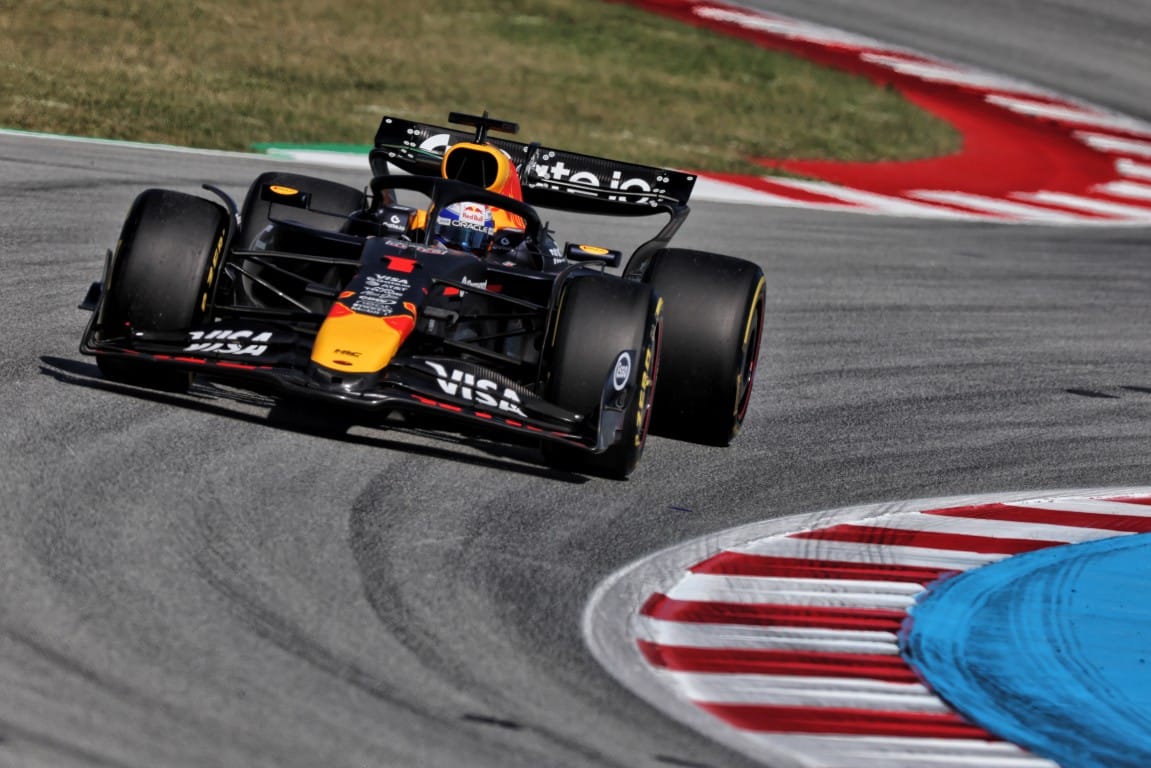
The problem is Max Verstappen could drive a shopping cart quickly, and Yuki Tsunoda was complaining, as usual. But both of those are fairly normal, meaning Red Bull is in much the same situation as it was.
Ferrari
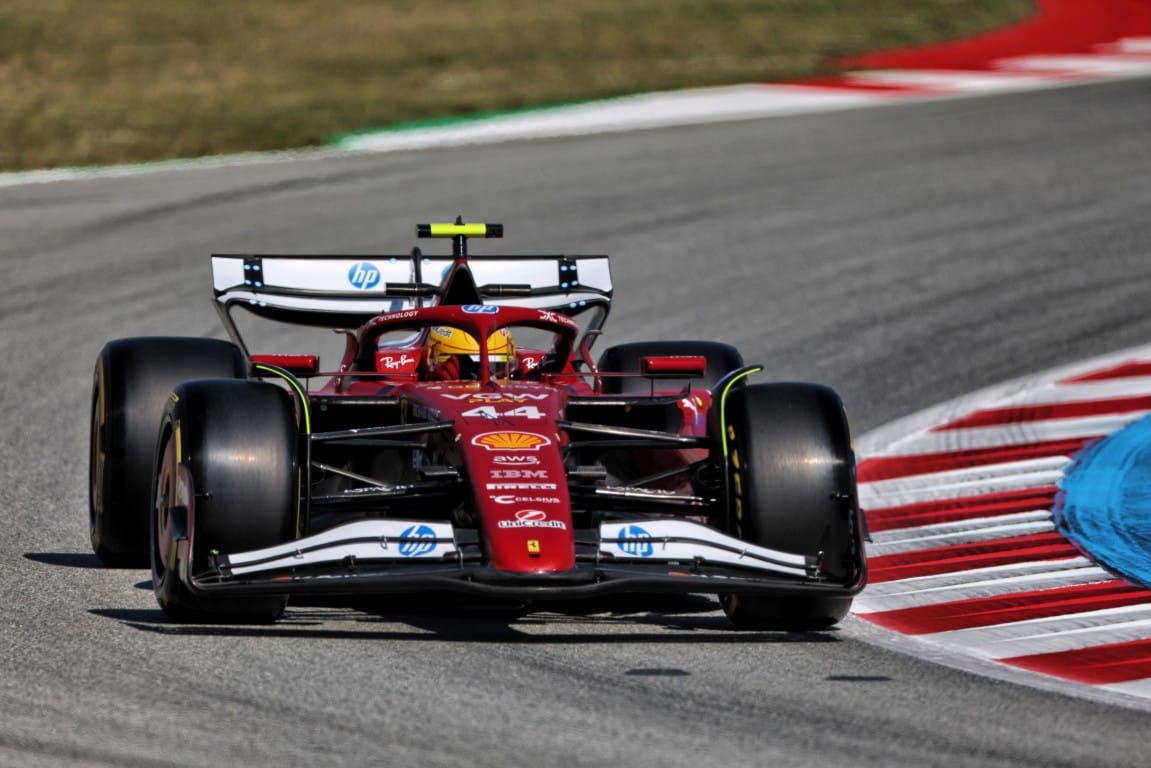
As Nico Rosberg said on the Sky TV coverage, the Ferrari looks a handful for both drivers and Lewis Hamilton is still playing catch-up. The rear looks nervous in the fast corners and that points to a front wing that isn’t backing off as it did previously.
Williams
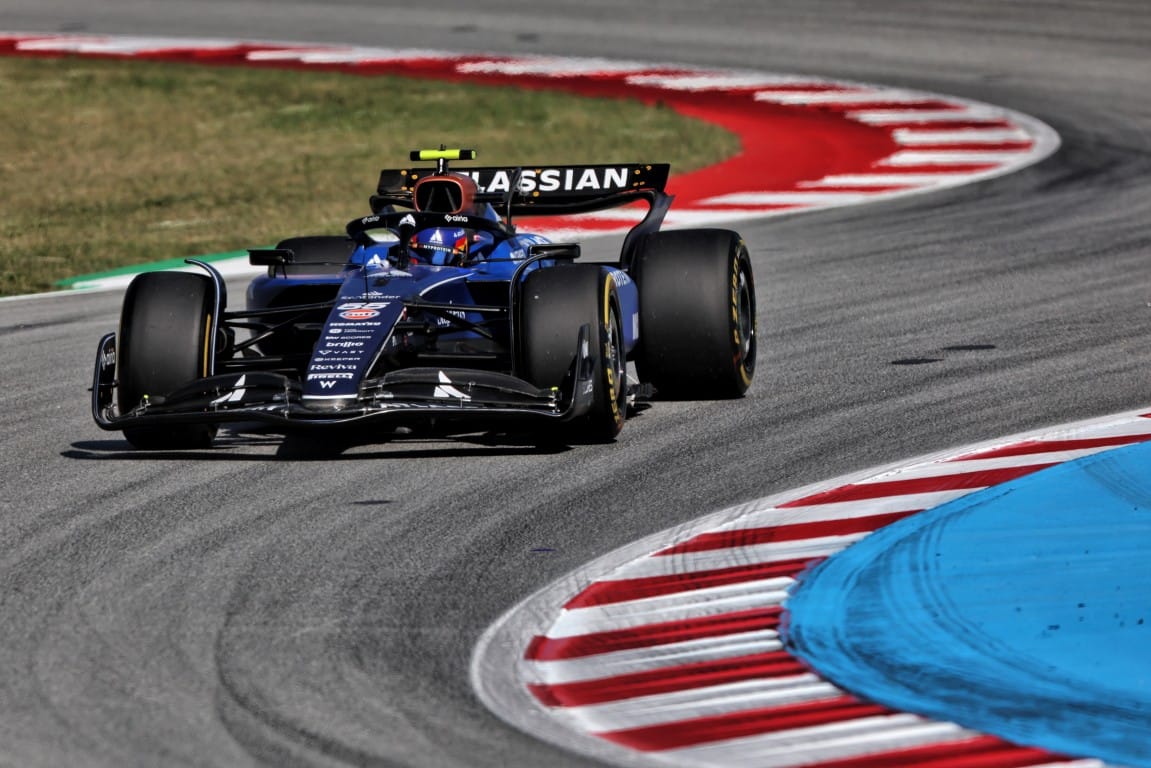
It looks to have suffered the most because normally Alex Albon and Carlos Sainz are right up there on Fridays but sometimes fall away a little come Saturday. It looks like more of a struggle here.
Haas
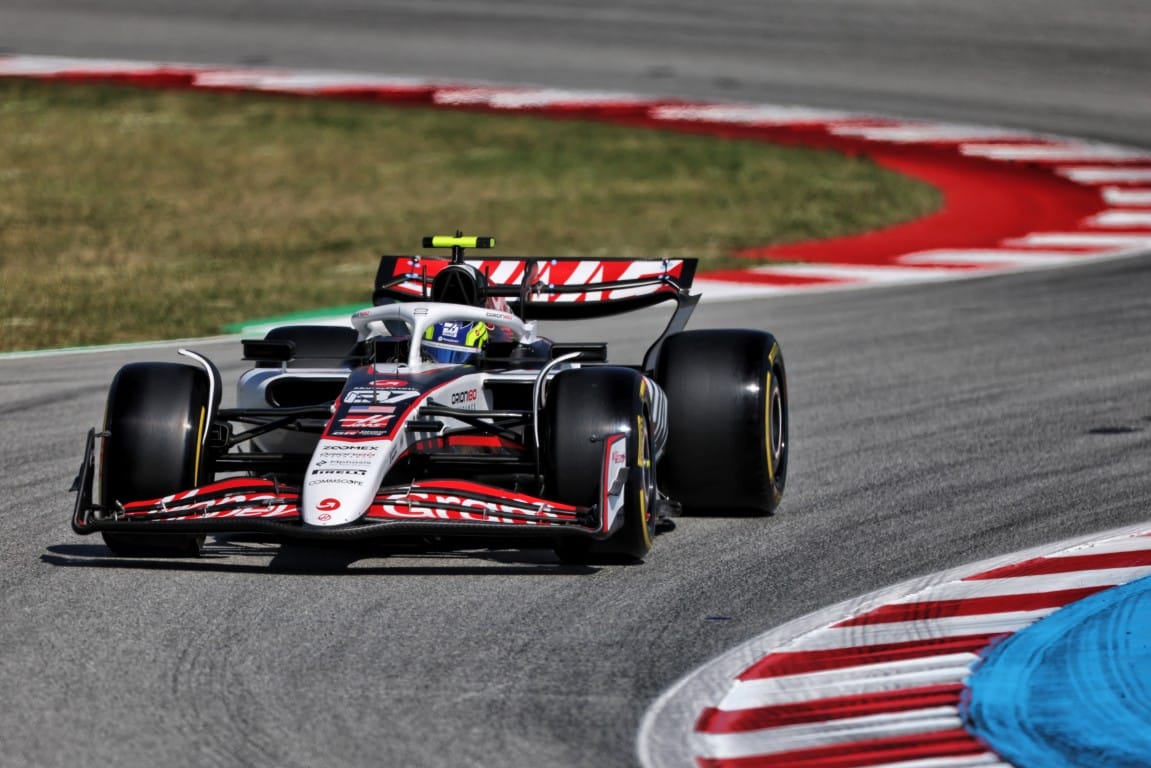
Haas didn’t have a great day, but like Williams it looks like the changes might be affecting it. Ollie Bearman’s spin in Turn 3 could just be because the front wing is stiffer and Haas hasn’t found the sweet spot yet.
Racing Bulls
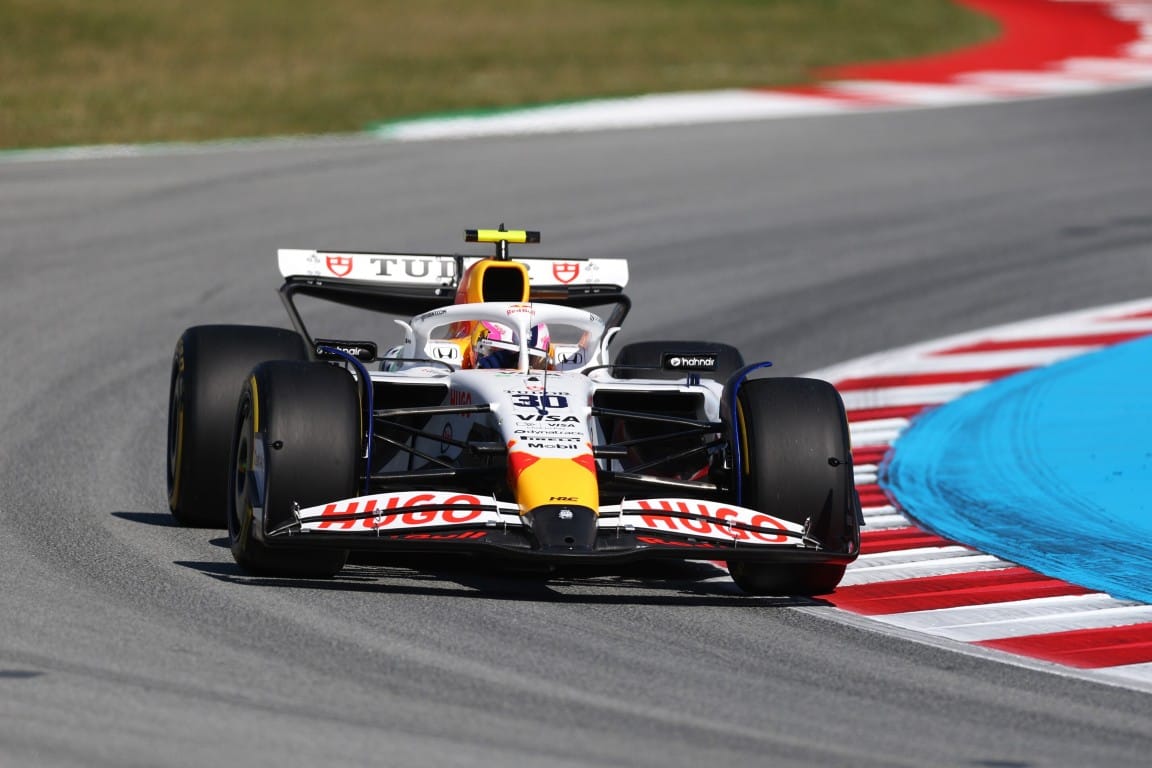
To me, Racing Bulls looks like it’s where it normally is so no big deal adapting to these new regulations. Liam Lawson looks like he is back to where he was before his so-called 'promotion' to Red Bull, so that’s good for him and the team.
Aston Martin
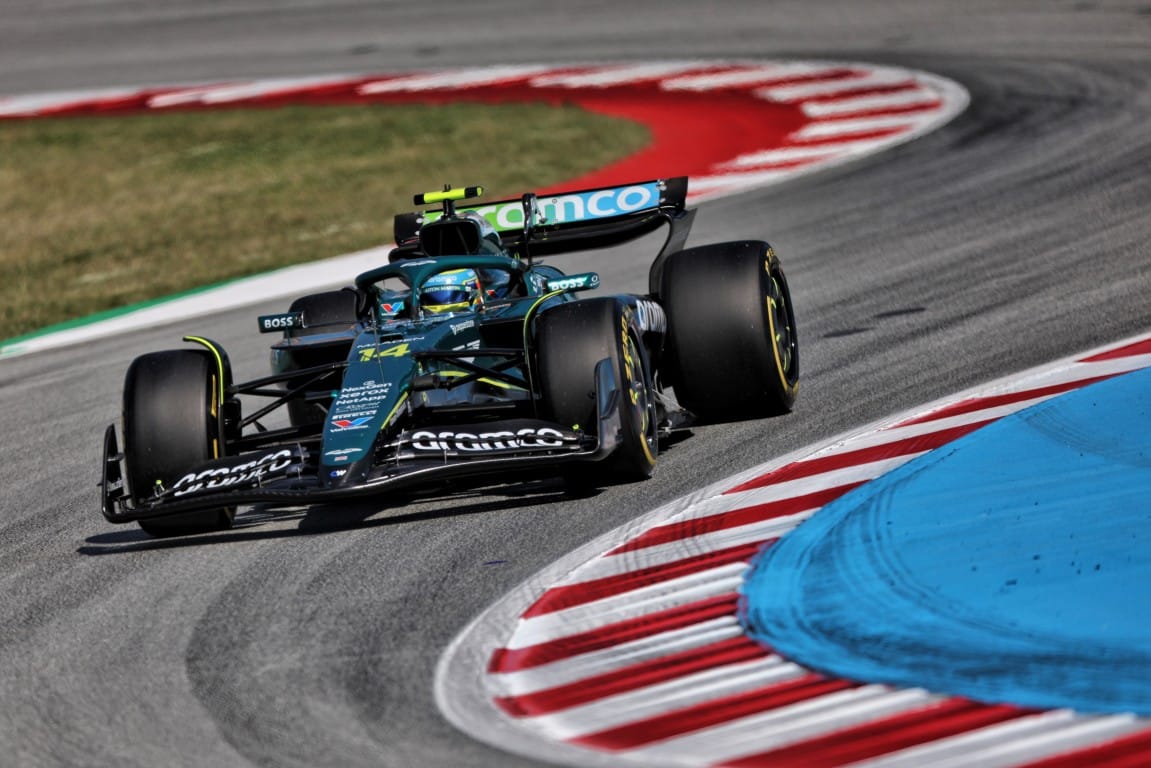
Probably not where the team expected to be but the season so far has been like that. Sometimes Aston Martin looked like it was back in contention for a Q3 slot, other times it didn’t even get out of Q1. Fernando Alonso was OK but Lance Stroll didn't seem to be a happy camper.
Alpine
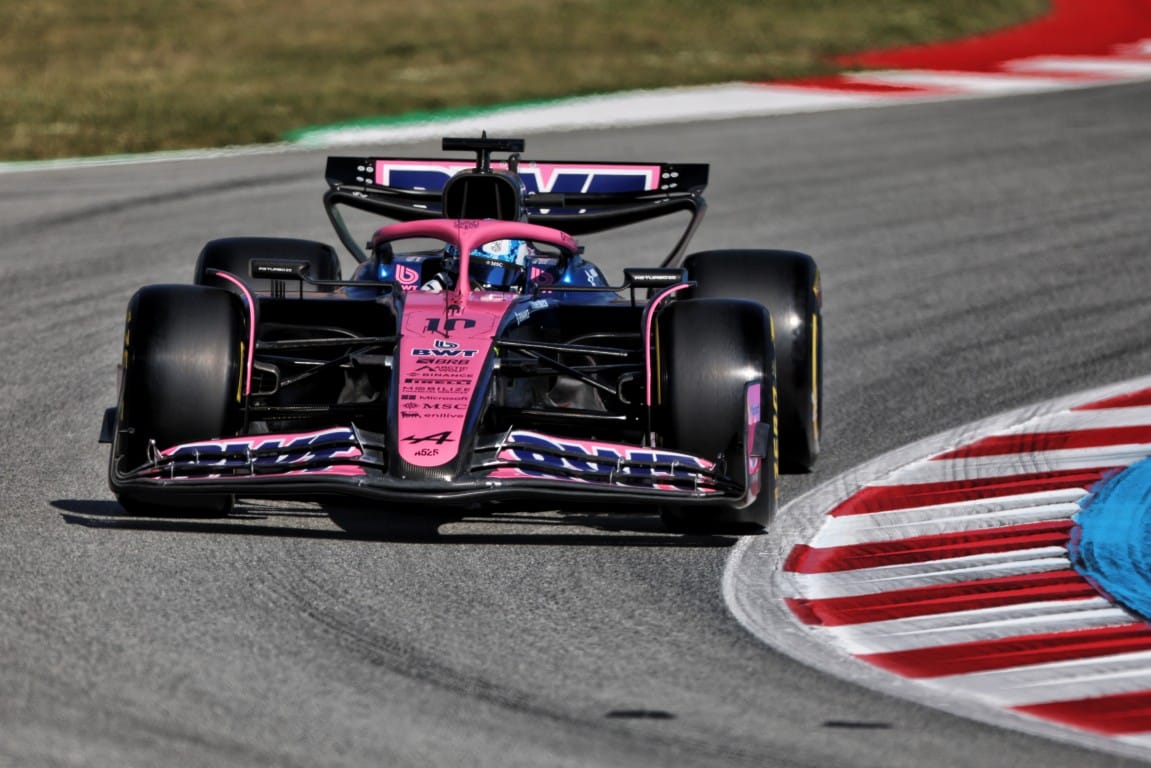
Pierre Gasly is about where I would expect him but I’m afraid Franco Colapinto is not backing him up. He came into Williams last year very impressively, but I haven’t seen any of that at Alpine. However, there’s no sign that the flexi-wing change has had much on an impact on the team.
Sauber
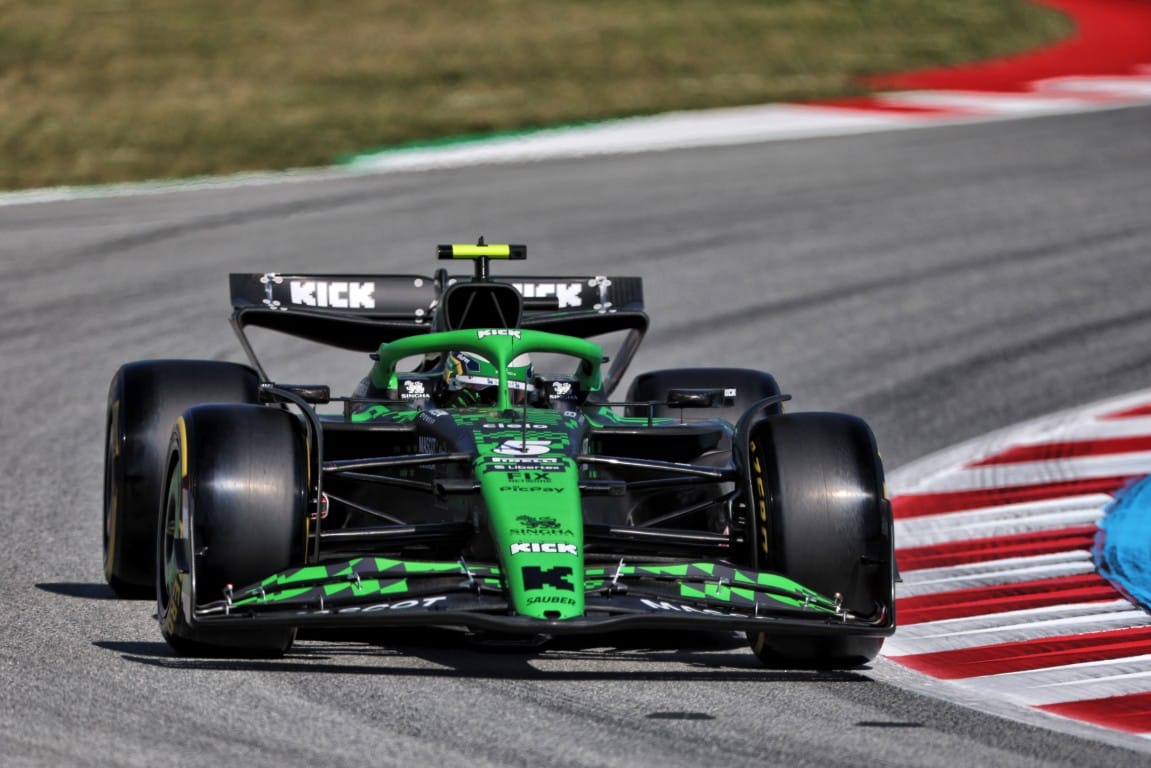
It’s difficult to judge where Sauber sits - it's probably more or less where it has been all season. If Nico Hulkenberg or Gabriel Bortoleto can get a clean weekend, then they can get into Q2, but I don’t think the wing changes can take Sauber any further than that.
We will see a few ups and downs when push comes to shove in qualifying, but as I’ve said before the changes required, if any, will mainly be internal so basically nothing to see here - other than that the teams have probably had to spend a cool half million pounds, euros or dollars on new wings and that will impact spending under the cost cap.
And all to satisfy a few changes in the way the regulations are applied mid-season that, so far, don’t appear to have done much to the pecking order.
Red Bull's front wing

Despite introducing a new front wing for Barcelona, Red Bull ‘visually’ doesn’t look like it has had to change very much.
The slot gap separators highlighted in the green ellipse are all in very similar positions, the blue ellipse is - as for most other teams - a slot gap separator and the flap adjuster. I have highlighted this adjuster because having it outboard like this means that the flap further inboard can still back off as the load increases. I’m pretty sure we will still see this over the weekend from an onboard shot looking through the front suspension.
So if you really wanted to reduce or even stop this flap deflection, introduce a rule that means you need an adjuster at each end of the adjustable flap. Simple and effective - but when has F1 ever gone down that route?


